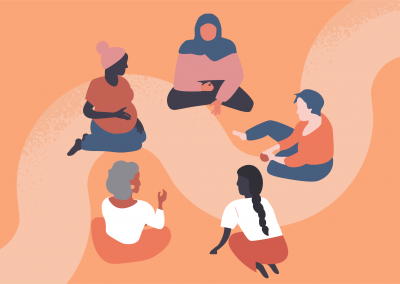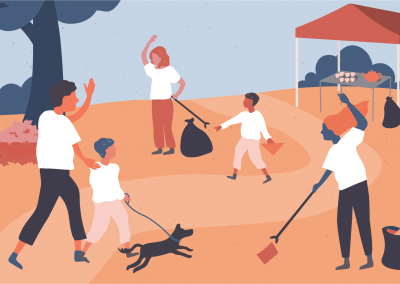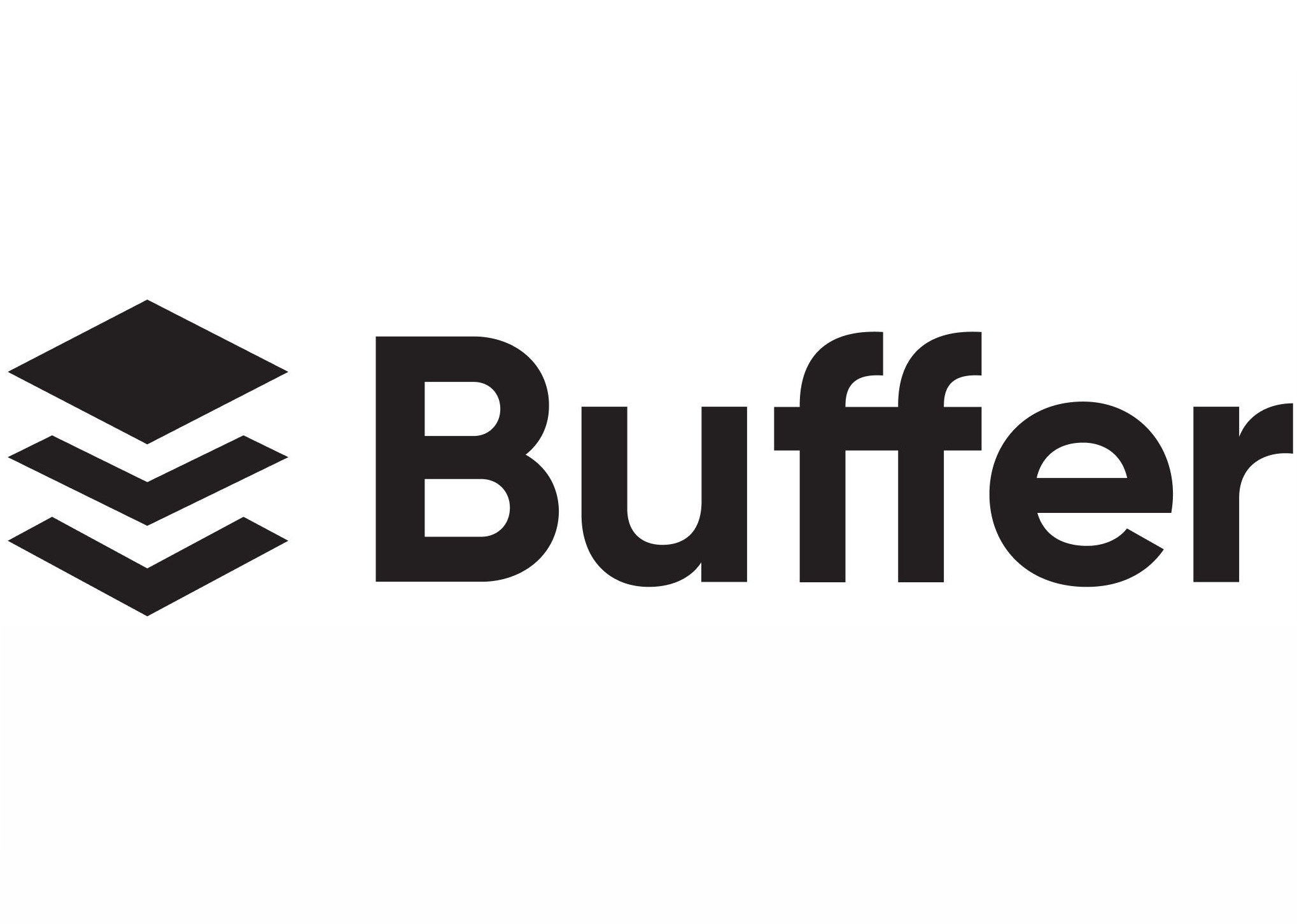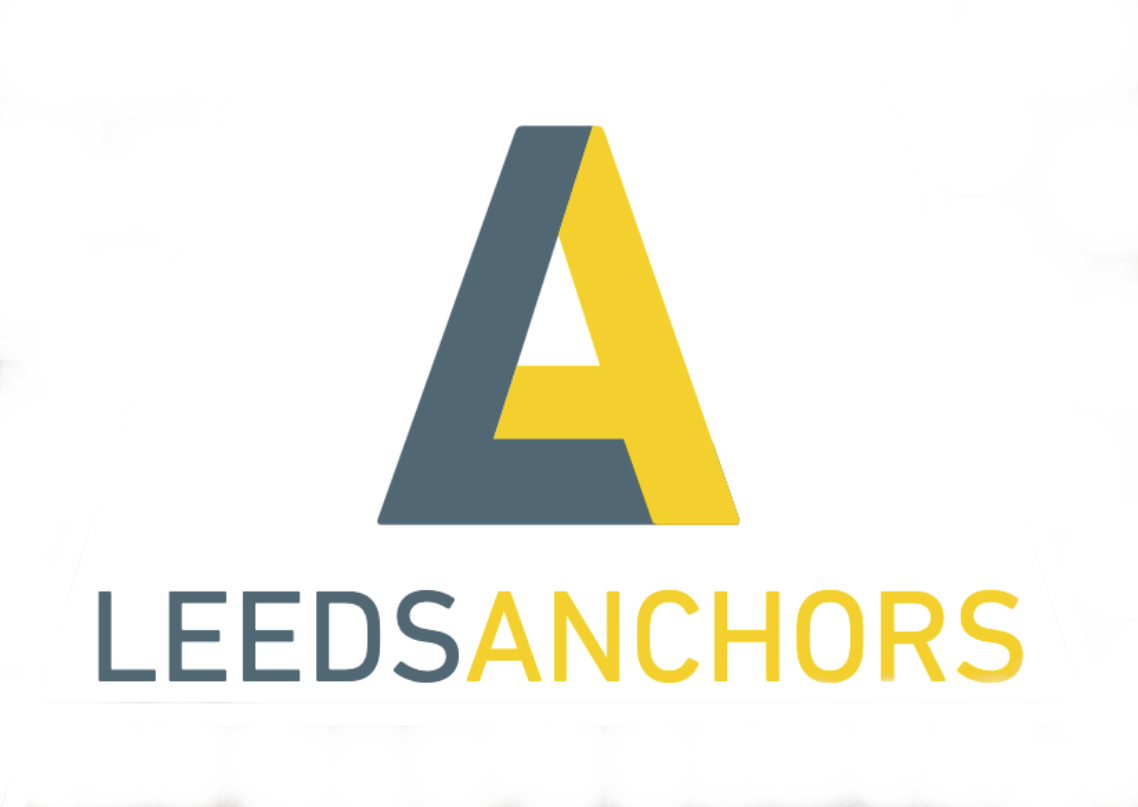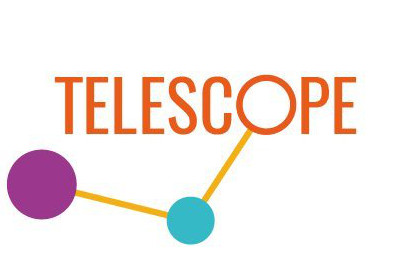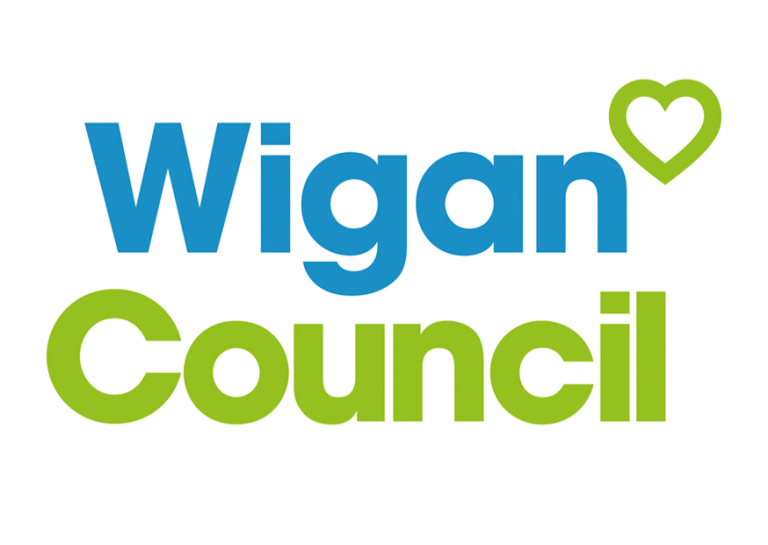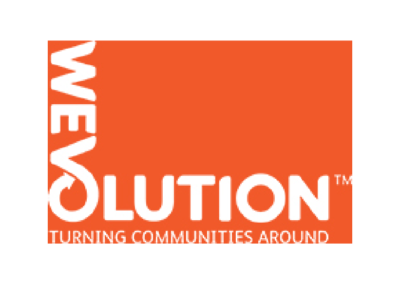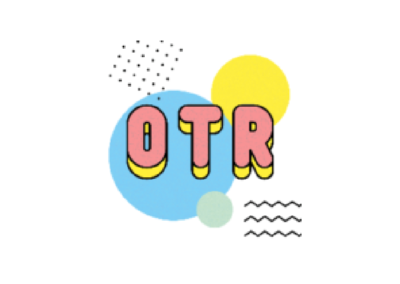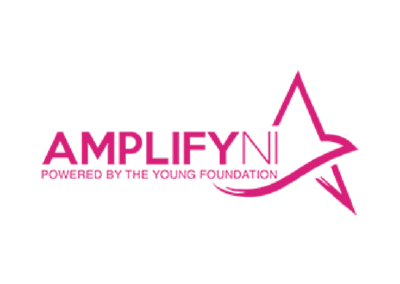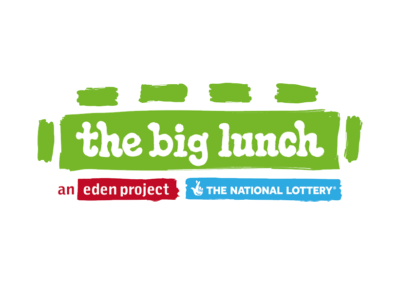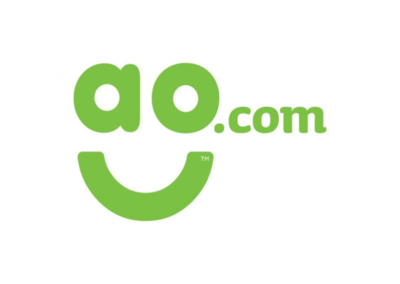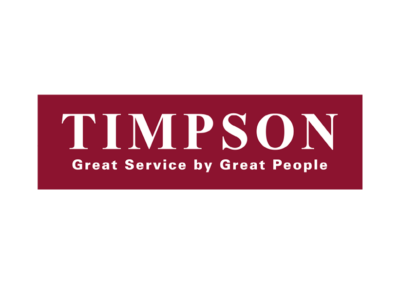Case study: GoodGym
Harnessing exercise for social good
Introducing GoodGym
GoodGym is a charity born in 2008, in the belief that the considerable human energy expended in gyms could be expended more usefully. Now established in 50 locations in the UK, GoodGym finds ways for people to help reduce social isolation, help elderly people and serve community projects through exercise. GoodGym has been supported by Nesta’s Centre for Social Action Innovation Fund, The National Lottery Community Fund and BT funding, and independently evaluated by Ecorys.
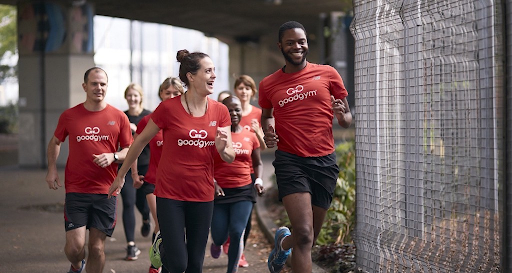
Source: GoodGym website
How does GoodGym work?
GoodGym helps runners to do social good in three ways:
1. Mission runs
2. Coach runs
GoodGym runners are paired with isolated older people. They run to see them each week.
3. Group runs
What impact is GoodGym having?
Ecorys conducted 14 in-depth interviews with runners and coaches, and 89 matched (both baseline and follow-up) surveys – 70 from runners and 19 from older people. The evaluation met the criteria for Level 2, with Nesta concluding “strong qualitative evidence supports some detailed quantitative evidence to provide a convincing indication of impact.”
Social isolation
- Coaches (isolated older people) reported positive outcomes relating to emotional isolation, with the quality of the coach relationship being key.
- On a scale of 1-5, with 1 being the most isolated, social isolation improved from 2.44 to 2.74, and frequency of feeling lonely from 2.11 to 2.58
Physical wellbeing
- Longitudinal survey found that 57% of GoodGym runners would not have joined another gym.
- Average days per month spent running increased by 0.7 days six months after joining.
- GoodGym runners reported an average weekly increase in moderate (0.29 days) and vigorous (0.21 days) physical activity.
Life satisfaction
- All coaches felt happier, and 98% considered their runner a friend.
- On a scale of 0-10, with 0 being the least satisfied, average life satisfaction scores rose from 4.78 to 6.11
Value for money
- The running element is cost-efficient when cost per participant is compared with data around other community-based projects designed to impact physical activity.
- GoodGym’s cost-per-outcome ranges from £3,498 to £7,692 per Quality Adjusted Life Year (QALY), a generic measure of health-related wellbeing factoring in quality and duration of life. This is far under the National Institute for Health and Care Excellence’s recommended willingness-to-pay threshold of £30,000.
- The return on investment based on willingness to pay for QALYs shows positive results, ranging from £2.78 to £4.56 per £1 invested
What can we learn from GoodGym?
In real relationships, all parties are genuinely and mutually valued
Relationships often work best when they align with participants’ existing values
Relationship-centred design can help evolve cultural norms
Want to know more?
What’s next for GoodGym?
GoodGym continues to expand across the UK. Following Ecorys evaluation, GoodGym has received funding from the National Community Lottery Community Fund, and is continuing to develop its monitoring and evaluation framework, particularly to strengthen analysis around cost-effectiveness.
Further reading
- GoodGym has an introduction to the idea on its website.
- You can also read examples of GoodGym activities on the website.
- Nesta’s website features an overview of the Ecorys impact evaluation.
- The full Ecorys evaluation report is online.


